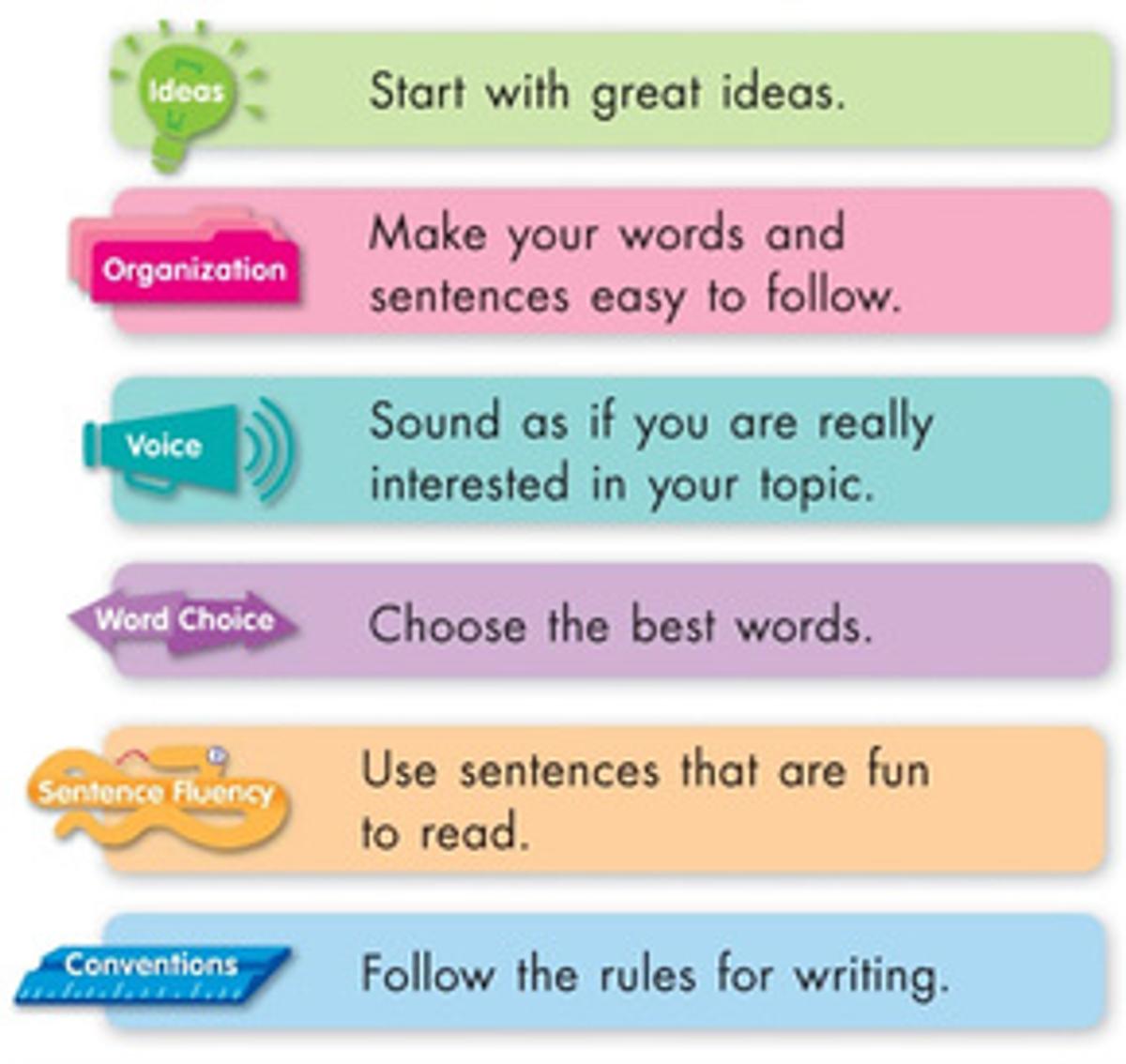Curriculum in Focus

What are the 6 + 1 Traits of Writing?
At OGPS this year we are very fortunate to have consultant, Narissa Leung (Oz Lit Teacher), conducting professional learning in the 6 + 1 Traits of Writing. Staff have participated in three webinars on Ideas, Organisation and Voice in term one and we look forward to have Riss visit our school in person to deliver learning in Word Choice, Sentence Fluency and Conventions in June.
So, what exactly is 6 + 1 Six Traits?
Writing is an integral part of a child’s education. The process begins before preschool and continues through life. The traits provide a language for describing the qualities that most readers and writers think are important in good writing. It is an instructional and assessment model to support and improve writing performance, using quality literature (mentor texts) to support writing instruction.
What is a trait?
A trait is a specific characteristic of successful performance. The traits of good writing are Ideas, Organisation, Voice, Word Choice, Sentence Fluency, and Conventions. The ‘Plus One' refersto presentation and at OGPS we also discuss and emphasise purpose and audience.
What are the benefits of the 6 + 1 Traits Model?
- It gives teachers and students a common language to talk about writing.
- It breaks down the complex process of writing into manageable chunks.
- It gives teachers a model for responding to student writing.
- It establishes consistency from year to year and teacher to teacher.
- It provides a solid foundation for revision and editing.
- It encourages writers to become more independent, empowering them to evaluate and assess their own writing.
- It challenges students to think of writing in new ways.
How can parents/carers help?
Coach – don’t write – for your child. Question, listen, and talk about writing together. Children need to do their own drafting, revising, and editing with you at the sidelines.
Look first for what is done well in the writing and offer praise. Writing is a challenging task. Children need specific encouragement to be successful.
When working with your child, focus on ideas and content first. Save editing until the ideas are clear, complete, and focused.
Listen attentively as your child reads their writing to you. Encourage even the youngest writers to “read” their writing aloud whether it is scribbles, drawings, or strings of letters. Talk about the story.
Read aloud to your children – no matter the age. Discuss good examples of writing from newspapers, magazines, poetry, descriptions from travel brochures, and instructions on toys, games.
Read, read, read! Better readers make better writers!
Thanks,
Ann Miller and Kerryn McKeon
Learning Specialists



